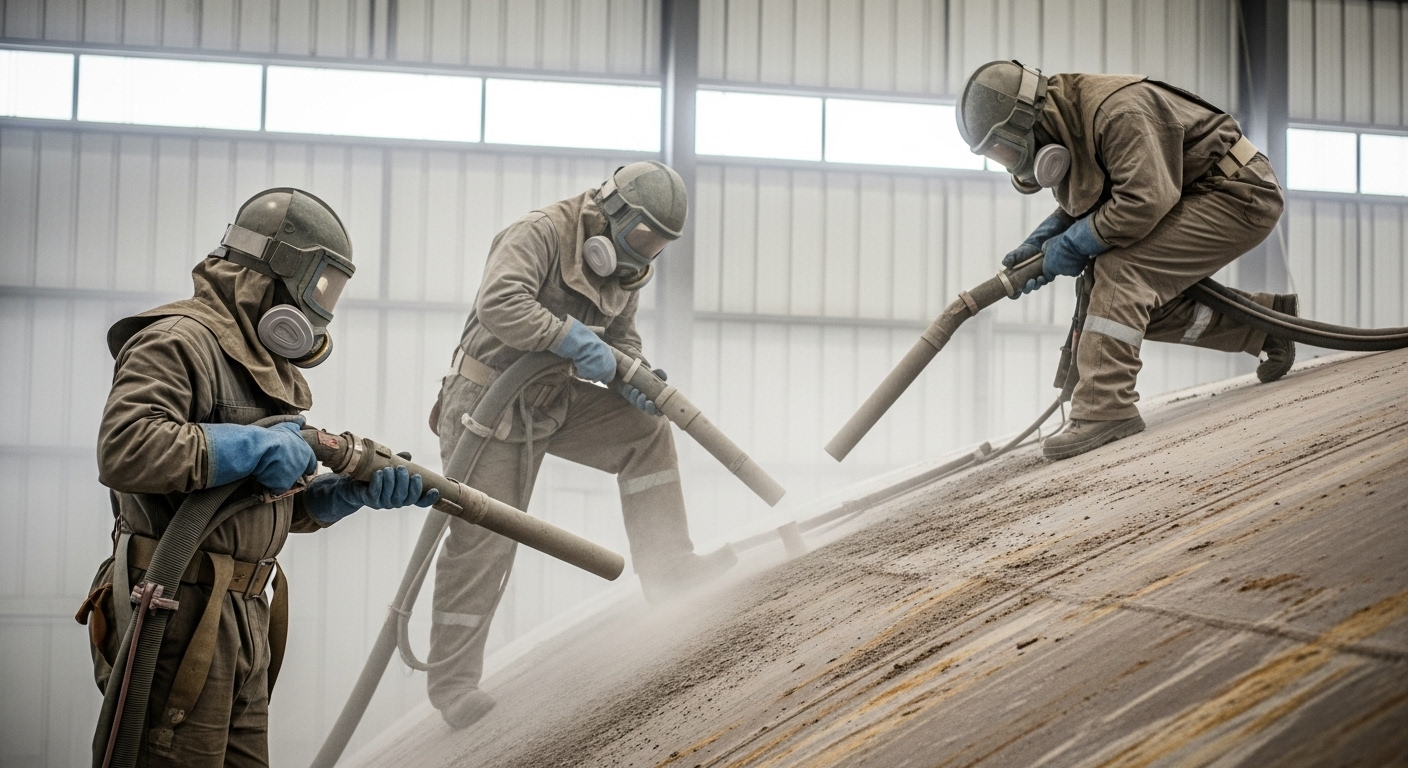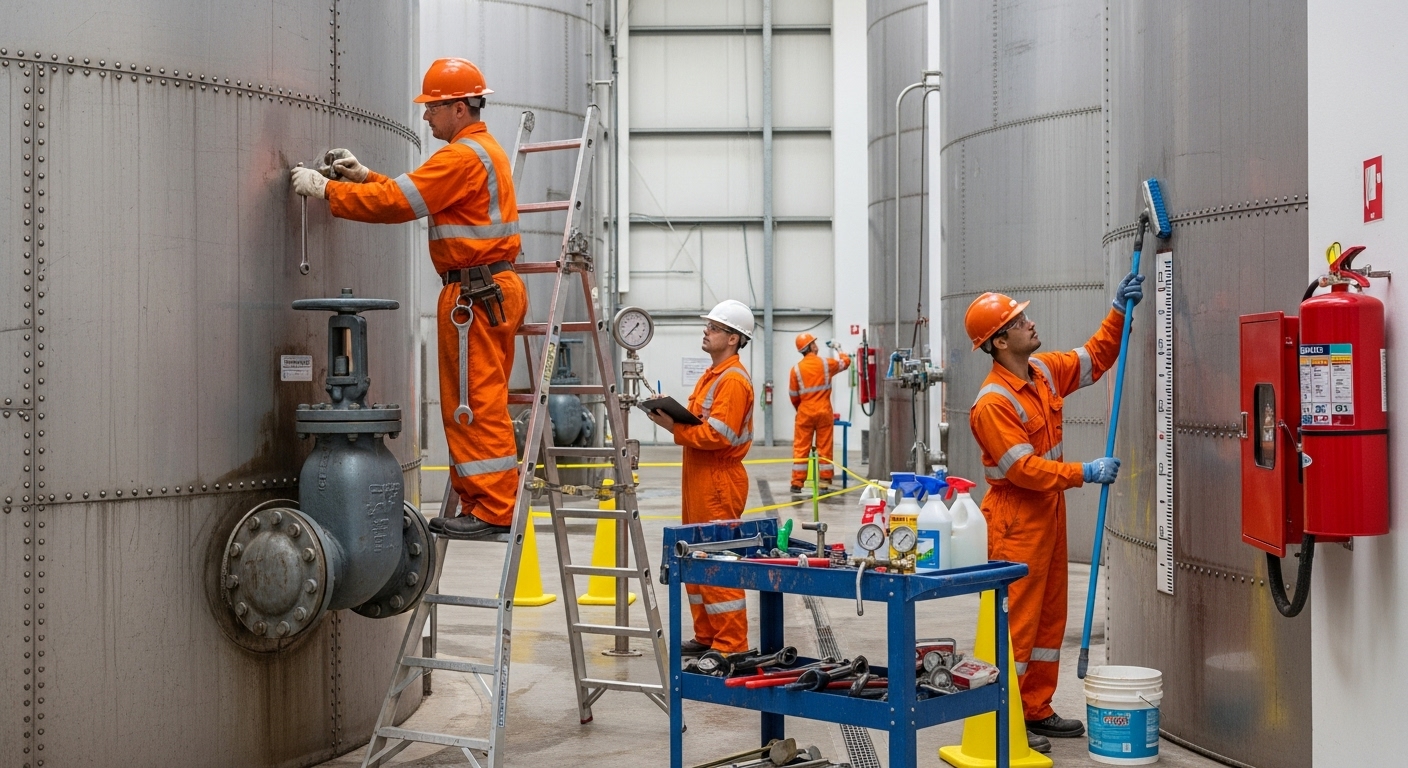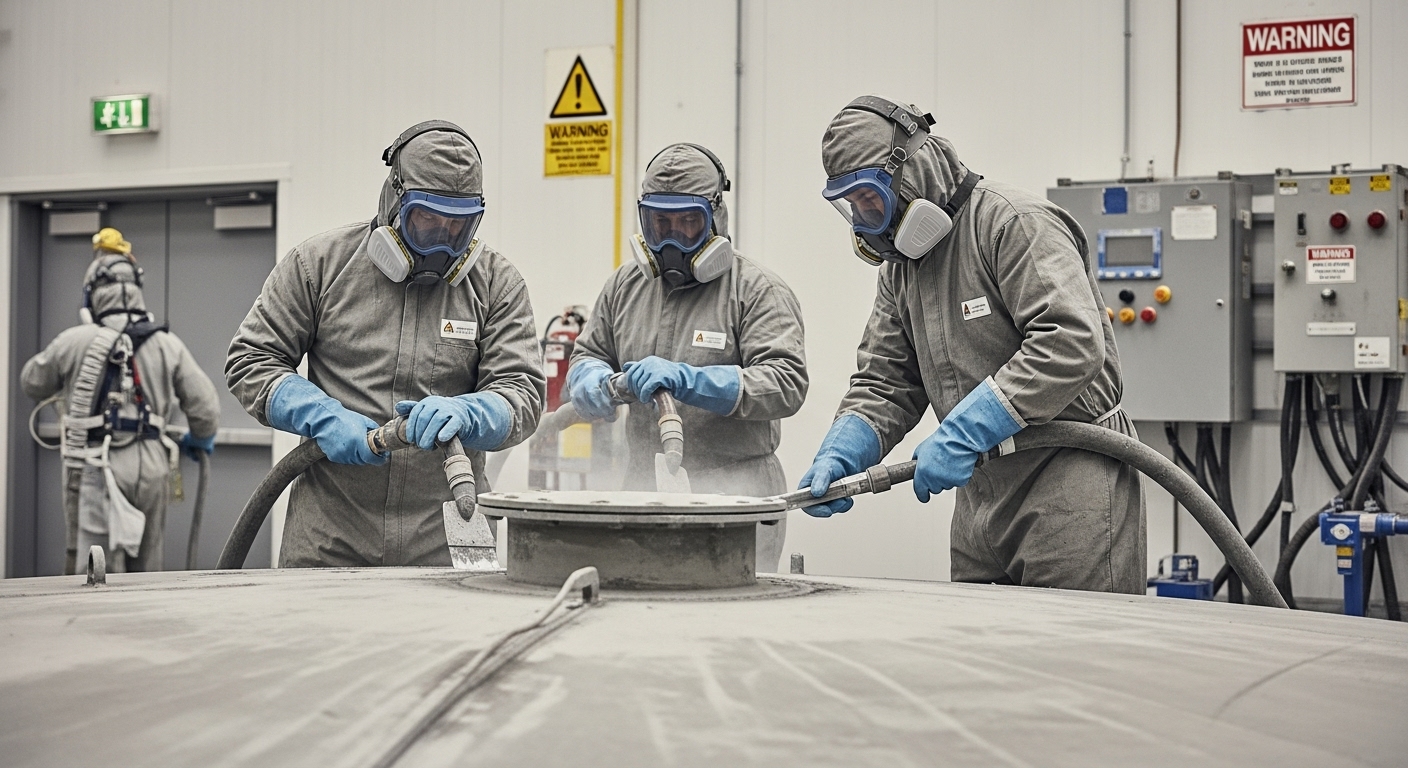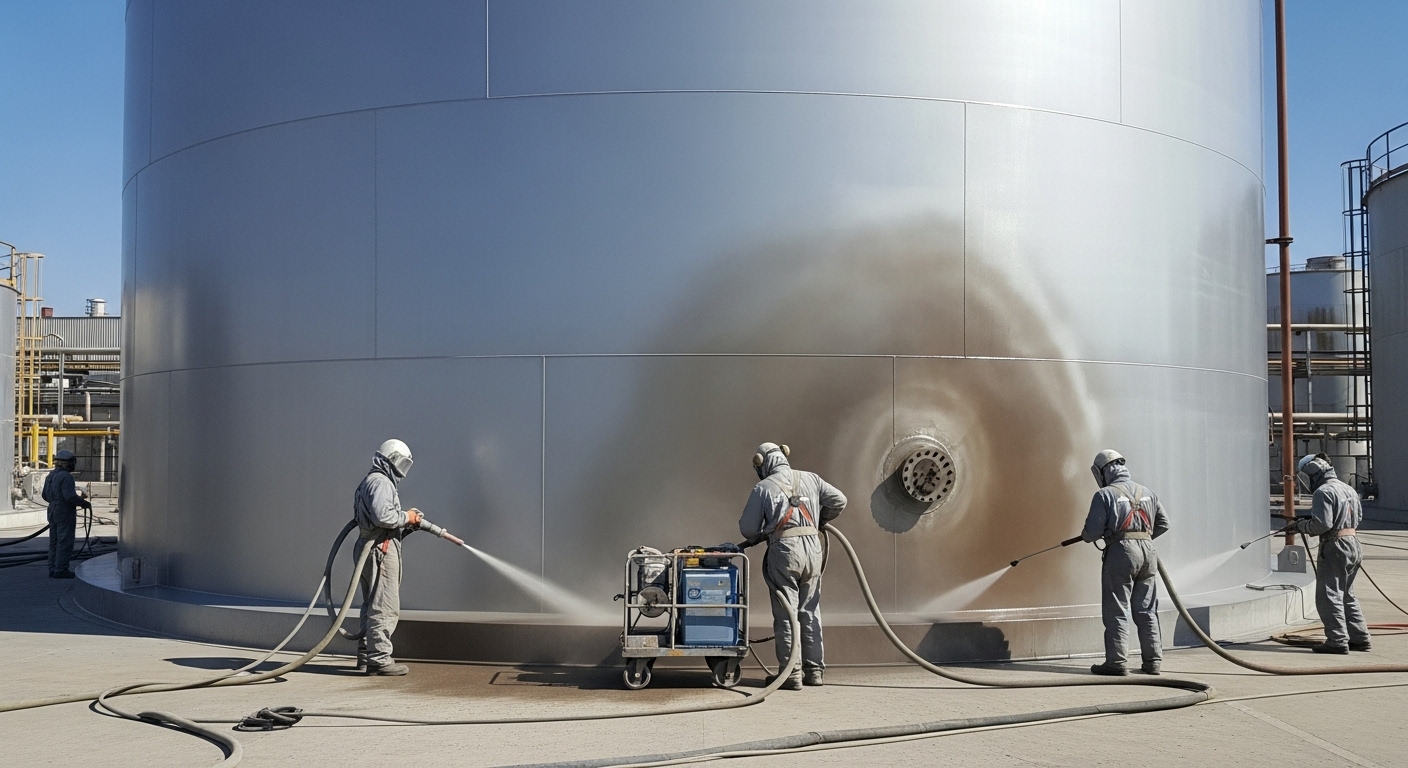A water tank isn’t just a piece of infrastructure—it’s the foundation of safe water delivery for homes, industries, and entire communities. But here’s the thing: without the right paint, tanks can quickly fall victim to corrosion, leaks, and contamination.
That’s why choosing the best water tank paint isn’t just about looks—it’s about protecting clean water, extending the tank’s life, and keeping people safe. In 2025, technology and innovation have given us more choices than ever before when it comes to water tank paint types. From epoxy coatings to exterior weather-resistant paints, each option comes with unique benefits, costs, and maintenance needs.
This guide breaks it all down for you. By the end, you’ll not only know which coating works best for your situation, but you’ll also understand how to apply and maintain it for maximum performance. Let’s walk through everything you need to know about paint options, applications, and long-term value—so your water tank stays safe, strong, and dependable.
Why Choosing the Best Water Tank Paint Matters for Longevity and Safety
Painting a water tank is about far more than appearance. The paint acts as a shield between the tank and everything it’s exposed to—harsh weather, chemicals, bacteria, and even sunlight. Without it, tanks corrode faster, develop leaks, and can even contaminate potable water supplies.
Using the best water tank paint ensures:
- Tank coating durability to handle heavy usage
- Paint longevity that delays costly recoating projects
- Weather resistance for outdoor tanks exposed to rain, UV rays, and temperature swings
- Chemical resistance for tanks that store treated or industrial water
The right paint doesn’t just prevent damage—it reduces repair costs and gives peace of mind that the system will keep functioning safely for years. But here’s the catch: no single paint works for every tank. That’s why understanding water tank paint types is the first step.
Exploring Different Water Tank Paint Types for Interior and Exterior
When it comes to water tank paint types, the selection depends on whether you’re coating the inside, outside, or both. Each layer has its job, and missing the right one can compromise the entire system.
Interior Applications: Safe and Functional
For tanks that store drinking water, you need potable water tank paint—specifically coatings that are NSF-approved and food-grade safe. These paints are designed to prevent contaminants from leaching into the water. Epoxy-based paints dominate here because of their strength and resistance.
Exterior Applications: Built for Protection
Exterior tank walls face rain, sun, wind, and pollutants. That’s where exterior tank paint comes in, offering superior weather resistance and UV protection. Polyurethane coatings are often used here because they resist fading, cracking, and peeling.
No matter the type, success always starts with proper surface prep for paint adhesion. If the tank isn’t prepared right—through cleaning, blasting, or priming—the paint won’t bond, no matter how high-quality it is.
Epoxy Vs Polyurethane: The Most Trusted Industrial Tank Paint Options
Two coating systems dominate the industry today: epoxy and polyurethane. While both fall under industrial tank paint systems, they serve different purposes.
Epoxy Water Tank Paint
- Best for interiors
- High chemical resistance
- Excellent adhesion to metal
- Food-grade and safe for potable water
- Limitation: not great with UV exposure
Polyurethane Tank Coating
- Best for exteriors
- Outstanding UV resistance
- Flexible and weatherproof
- Adds an extra layer of durability
- Limitation: usually needs an epoxy base layer inside
In many projects, contractors use both—epoxy for the inside, polyurethane for the outside—to maximize tank life and balance cost. Knowing this combination helps in better industrial tank paint selection.
Practical Considerations: From Maintenance Requirements by Paint Type to Removal
Even the best water tank paint isn’t a set-and-forget solution. Each type has its own maintenance requirements by paint type that determine how often you’ll need to recoat or inspect.
- Epoxy: typically lasts 10–15 years but needs regular inspections for cracks
- Polyurethane: often requires touch-ups after 8–12 years of sun exposure
- Food Grade Paint: may require more frequent checks to maintain safety certifications
In some cases, old or failing paint has to be stripped entirely—a process known as dismantling paint removal. This is labor-intensive but necessary when coatings break down or when tanks switch from industrial use to potable water storage.
Skipping maintenance or ignoring paint deterioration can lead to contamination or expensive refurbishments. Regular inspections and upkeep go hand in hand with choosing the right paint in the first place.
Key Factors That Influence the Success of Your Potable Water Tank Paint Project
For community and municipal tanks, coating choices carry extra weight because they directly impact public health. Potable water tank paint must meet strict safety standards, but several other factors affect long-term success too:
Surface Preparation Requirements
Tanks must be cleaned, sandblasted, or primed to ensure coatings stick and perform as intended.
Maintenance Schedule Impact
A consistent inspection and recoating routine prevents premature failure. Skipping this step increases risks and costs.
Inspection Before Coating
Any structural flaws must be addressed first—painting over rust or cracks only delays the inevitable.
These three anchor points—surface preparation requirements, maintenance schedule impact, and inspection before coating—are not optional. They’re what separate a lasting, safe tank from one that constantly drains money on repairs.
Best Practices for Applying Exterior Tank Paint and Extending Life
Applying exterior tank paint is both an art and a science. It’s not just rolling on a layer of paint—it requires planning, safety, and experience.
Best practices include:
Weather Consideration
Never paint in extreme humidity or cold, as it compromises adhesion.
Proper Equipment
Industrial sprayers ensure even coating, especially for tall or oddly shaped tanks.
Safety Protocols
Since tanks are often elevated, workers must follow strict fall-prevention and confined-space entry rules.
Layering Systems
Primer, base coat, and topcoat each play critical roles in ensuring paint longevity and tank coating durability.
Following these methods ensures tanks stay protected while saving owners from premature repainting. Skipping steps can cut paint life in half.
Find The Perfect Paint for Your Tank
At the end of the day, painting a tank isn’t just about looks—it’s about protecting water, infrastructure, and the people who depend on it. Choosing the best water tank paint means weighing the right factors: whether you need interior or exterior coatings, epoxy or polyurethane, or specialized paints for food-grade or industrial use.
The decision comes down to three essentials: proper surface prep for paint adhesion, understanding maintenance requirements by paint type, and addressing dismantling paint removal when necessary. Together, these steps ensure your tank remains safe, functional, and reliable.
The right paint extends tank life, reduces costs, and safeguards water quality for years. Don’t leave it to chance, Find the Perfect Paint for Your Tank and secure long-term protection today.







